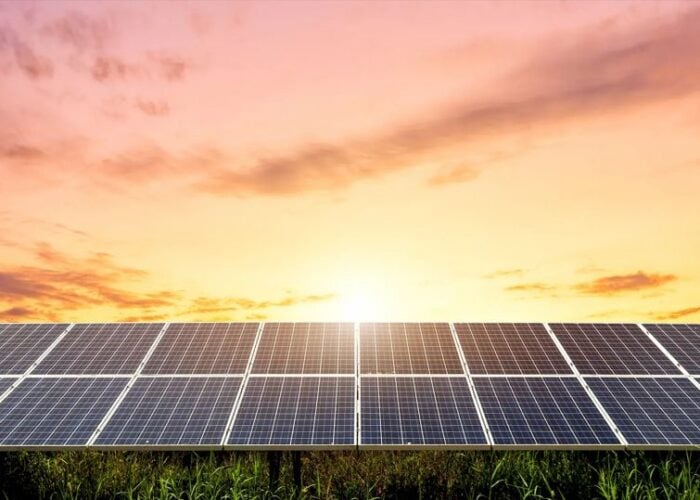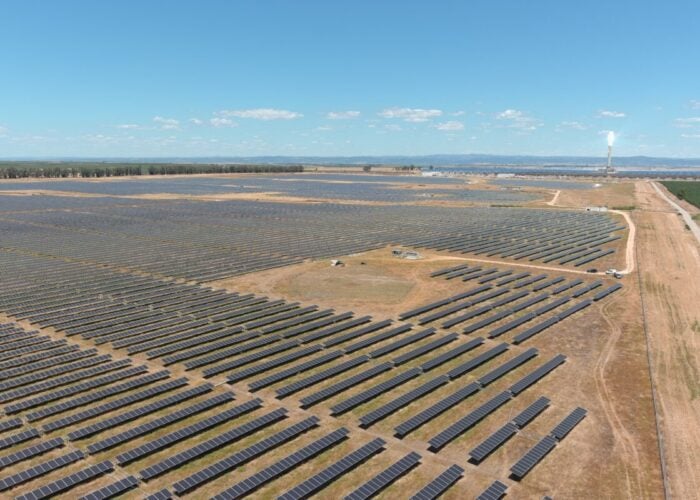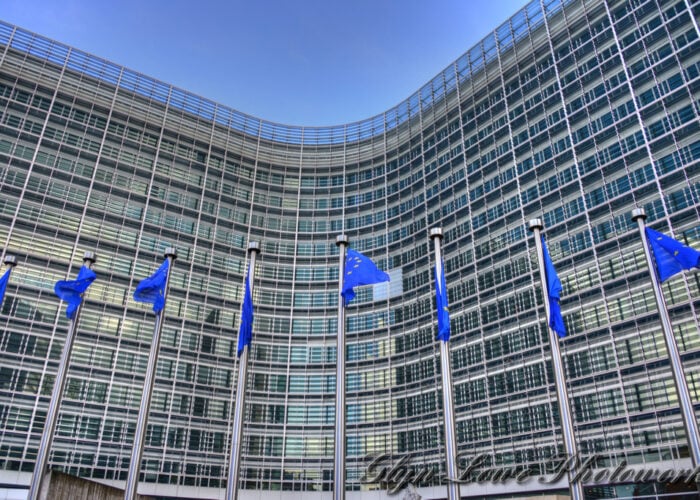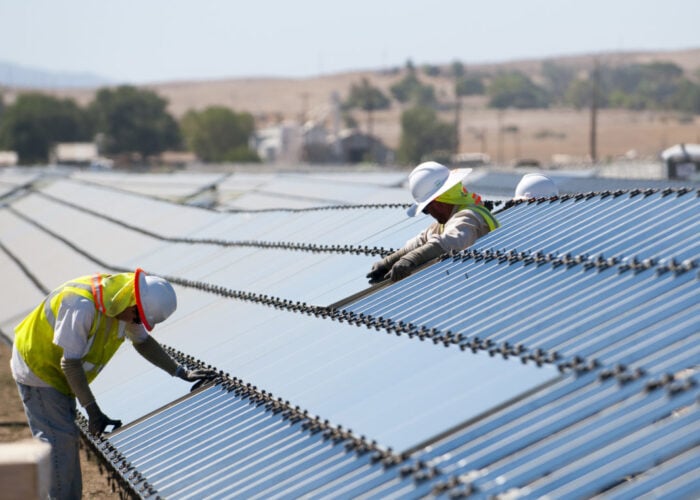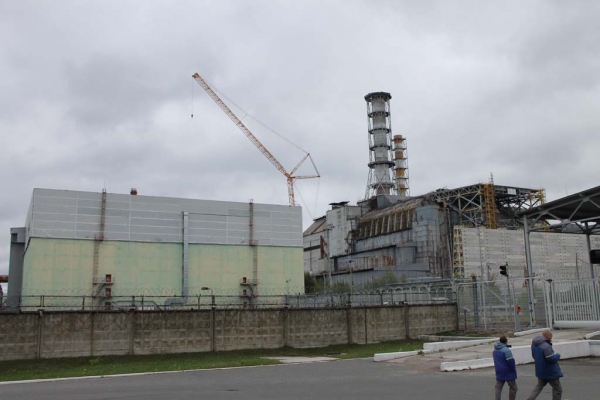
GCL-SI, a subsidiary of GCL, is to develop a 1GW solar PV plant at the former contaminated nuclear site in Chernobyl, Ukraine. Construction is expected to start in 2017.
It will be located in what is known as the ‘exclusion zone’ – the 30km² guarded areas around the original nuclear reactor hall that exploded in 1986 resulting in a historic tragedy.
Try Premium for just $1
- Full premium access for the first month at only $1
- Converts to an annual rate after 30 days unless cancelled
- Cancel anytime during the trial period
Premium Benefits
- Expert industry analysis and interviews
- Digital access to PV Tech Power journal
- Exclusive event discounts
Or get the full Premium subscription right away
Or continue reading this article for free
The plant, which will be developed by GCL-SI in collaboration with the China National Complete Engineering Corporation (CCEC), is part of the Ukrainian government’s plans to revive the exclusion zone with renewable and safer energy sources.
The plan for the plant was announced in October by Ostap Semerak, the country’s minister of environment and natural resources: “Its cheap land and abundant sunlight constitute a solid foundation for the project. In addition, the remaining electric transmission facilities are ready for reuse,” he said.
Back in the summer however, any plans for development in the exclusion zone were vetted by the European Bank for Reconstruction and Development (EBRD); dealing with questions of bankability and environmental safety of any potential project. The EBRD confirmed that it will consider co-funding the solar plant if any environmental risks were addressed and other investors were in place.
Now, GCL-SI and the CCEC have stepped up the mark and will play a significant role in Chernobyl’s revival. The CCEC will assume the role of general contractor and will manage the overall project, with GCL-SI offering consultancy, planning and PV facility services.
“There will be remarkable social benefits and economical ones as we try to renovate the once damaged area with green and renewable energy. We are glad that we are making joint efforts with Ukraine to rebuild the community for the local people,” said Shu Hua, chairman of GCL-SI, in a statement.
“We have been dedicated to providing integrated solar services and will take diverse approaches this year to drive penetration and achieve global presence. The Chernobyl project is also one of our key steps to approach abroad.”
Once famous for up to 4GW of nuclear power, once the solar plant is completed, Chernobyl could be known for its tremendous solar capabilities. When plans were first announced to revive the exclusion zone, the Ukrainian government had designs to build a solar plant of a 4GW capacity.


